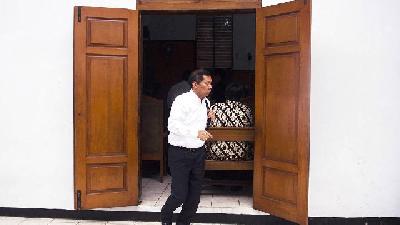Culture in Law Enforcement
Monday, February 15, 2021
Views of Tempo readers on culture in law enforcement and humanism in architecture.
arsip tempo : 171344600123.

Culture in Law Enforcement
IN expressis verbis (explicit terms), Indonesia is a constitutional state as stipulated in Article 1 paragraph 3 of the 1945 Constitution. Behind this, there is a solid historical reason after two orders of law only constituted political subordination. Therefore, with the end of the New Order era, there has been constitutional reform. It includes an amendment to the 1945 Constitution that states Indonesia is a state ba
...
Subscribe to continue reading.
We craft news with stories.
 For the benefits of subscribing to Digital Tempo, See More
For the benefits of subscribing to Digital Tempo, See More












